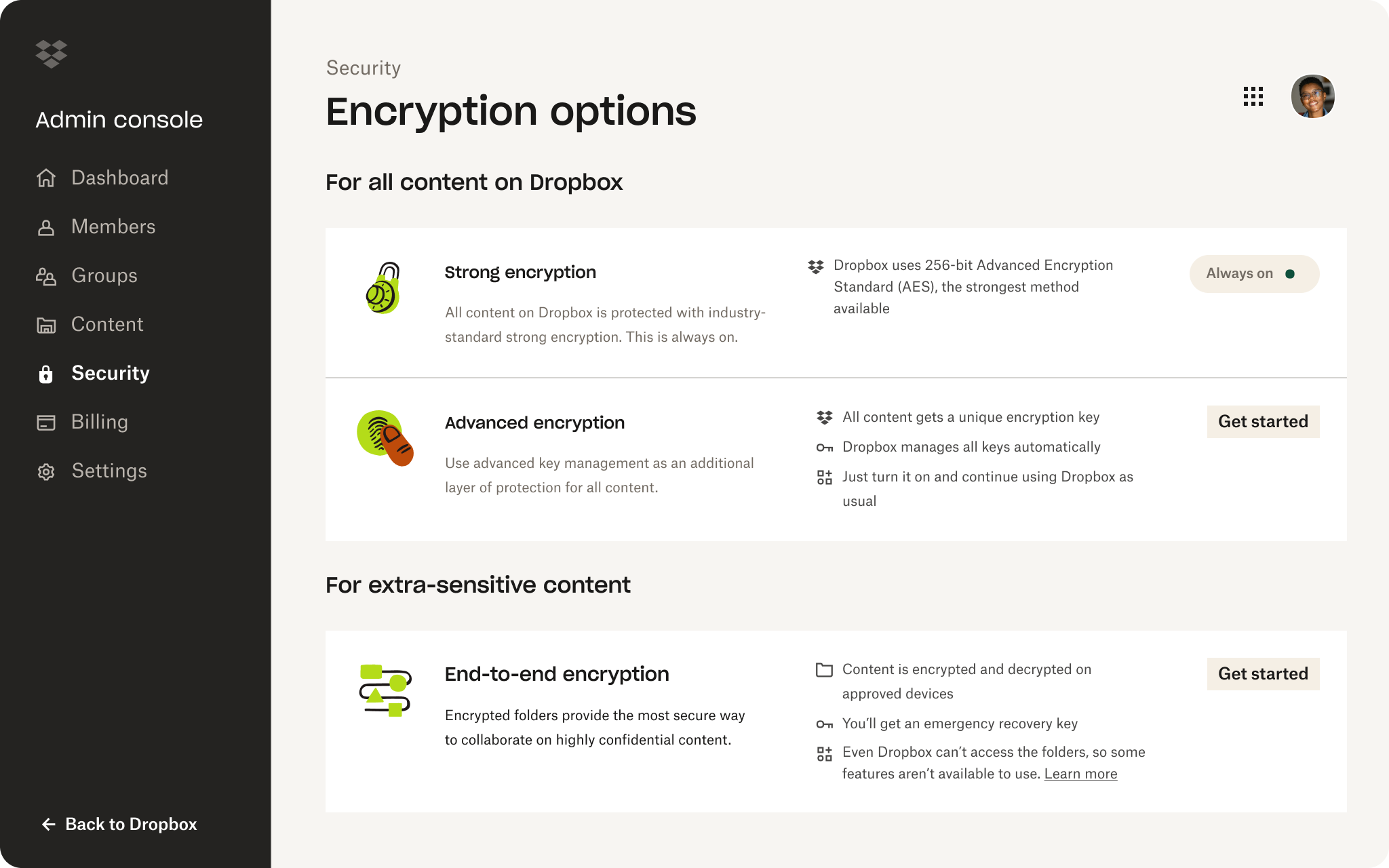A content calendar makes it easy to plan, organize, and optimize your content creation process. Learn how to stay on top of campaigns, social media posts, blog schedules, and promotions with our versatile content calendar template.
Dropbox Paper has a range of templates to help with email marketing or video production planning for platforms like YouTube or TikTok—along with many other use cases. Get the content calendar template and read on to learn how to fill it out.

What is a content calendar?
A content calendar is a way of organizing and scheduling your content. Whether you’re mapping out social media posts, articles, or marketing campaigns, it helps keep your content strategy on track. It also helps you maintain consistency across channels.
There are many examples of content calendars. Social media and marketing calendars are common types. However, they’re also valuable for editorial planning, blogging, and even video or podcast production. They’re good for anything to do with content.
Here are a few examples of how a content calendar can help manage your content:
- Planning and scheduling dates or topics—lay out what needs to go live and when
- Coordinating platforms—manage posts across Instagram, LinkedIn, and others
- Collaborating—assign tasks and deadlines so teams know what they need to do
- Tracking performance—view content metrics and tweak your strategy as needed
A content calendar is simply a way to view the publishing schedule at a glance. A calendar view also makes a more pleasing visual than an Excel file or Google Sheet.
When you create a content calendar with our free content calendar template, you’ll know what’s coming next and can ensure that your content is always delivered on schedule.
Why do I need a content calendar?
A content calendar isn’t just a way to organize—it’s a tool that can enhance the content creation process and help establish a smooth content workflow.
Here are a few reasons to use a calendar to map out your content creation strategy:
- Easier planning: You can schedule content in a content calendar. This means you never scramble for last-minute ideas. Planning in a content calendar means you are being proactive vs. reactive—so it takes a lot of the stress out of content production.
- More consistency: A reliable schedule is key to maintaining audience engagement. For social media posts, blogs, or newsletters, a content calendar helps keep a consistent publishing rhythm. This way, you won’t lose audience interest.
- Smoother collaboration: When teams know about upcoming content or deadlines, collaboration becomes easier. Everyone knows what’s coming up and can contribute. Content calendars create anchor points for teams to work in harmony.
- More accurate performance: You need to know what content works best and when. A content calendar will let you track performance, identify trends, and schedule your content accordingly—for maximum impact.
There may be other benefits depending on your field. For example, journalists can use calendars to manage embargoed stories—ensuring they publish after legal or compliance checks.
For marketing teams, calendars can make sure big product or service launches are synced across the board—no more accidental spilling the beans ahead of schedule.
Overall, you need a content calendar to keep your content strategy on the right track.
How to plan a content calendar
Planning a content calendar is about being strategic and staying organized. Here are a few tips to help you map out your content and set yourself up for success:
1. Define your goals
Goals are important to establish before filling out your content calendar, consider:
- What you want to achieve—such as more traffic or better engagement
- Publishing cadence—such as daily or weekly (be realistic to meet your goals)
- How content plans align with KPIs—such as more shares or conversions
- The process for creation and distribution—so the calendar is executed correctly
2. Complete the calendar details
Use your goals to drill into the type of content and fill your calendar with the following:
- Themes and topics—what subjects will you cover each day, week, or month
- Publishing dates and times—when your content will go live
- Deadlines and duties—dates and people who’ll draft, edit, and make final revisions
- Channels—where each piece of content goes live, such as social media, blog, or email
3. Tips for success
Here are some tips for creating a successful content calendar:
- Identify audience preferences and tailor content to what your audience wants
- Do keyword research and optimize your content around relevant target keywords
- Research peak engagement times to schedule for when your audience is active
- Be open to adjusting your plans as new trends or stories come up
These steps will ensure you’ll have a content calendar that helps with the organization but also helps you hit your goals and stay ahead of anything unexpected.
There are many resources available from Dropbox to help you. Why not read articles on how to streamline your creative process and save time or how to use Dropbox for your next marketing campaign? See the full range of Dropbox resources available too.
How Dropbox can enhance content planning
Using Dropbox for content calendars and planning tasks can make a huge difference to organization and efficiency. The free content calendar template is great for strategy, but the other features in Dropbox take things a step further in the following ways:
- Organize and store content assets: Forget digging through folders or emails to find that one image or draft, Dropbox lets you manage all your content. Whether blog posts, videos, or social media assets—they can be easily organized and accessible.
- Collaborate smoothly: Work together effortlessly by sharing, reviewing, and giving feedback on your content within a single tool. You can avoid endless email threads and dispersed comments on your work—with Dropbox collaboration is easy.
- Practice secure content management: Protect sensitive content like press releases, embargoed announcements, or drafts for client approval Dropbox ensures content is safely stored and accessible only to the right people before it’s ready to go live.
- Share with confidence: Send content to team members or clients securely and efficiently. Dropbox makes it easy to send over assets using shared links and easily track who has access.
Dropbox also has powerful app integrations for almost every aspect of your workflow, helping you manage content from creation to publication. By using Dropbox, you can optimize your content planning and improve many other daily tasks.

Create and manage content calendars with Dropbox for free
Use our free content calendar template to plan your content and keep everything running smoothly with the full Dropbox suite of products—tools that offer all you need to keep teamwork and productivity at their highest.
Dropbox is there to help you maximize efficiency in content creation, collaboration, and management. Whether you’re publishing social media posts, blogs, or marketing emails—Dropbox makes it easy to stay organized and on schedule.
FAQs about content calendars
Most content calendars take the form of a simple table, with logical columns and rows for the various steps of content creation and publication. It can feel like a lot to figure out if you’re starting from scratch, but the free content calendar template in Dropbox Paper is simple to use and has already done much of the thinking for you. A spreadsheet is also a popular format to use more generally—as it’s flexible and customizable.
The best template suits your needs—so it depends on your workflow. While the free content calendar template available in Dropbox Paper offers a good starting point, adapt it to your needs and save it as a template to use next time. You can easily add sections for special topics, deadlines, and publication dates as you like, meaning you’ll have a versatile template to use across different channels.
Organize your content calendar by being clear and consistent—focusing on key events and dates. Define categories like content type, publishing channels, and deadlines. You can also try color coding to make it easier to track progress at a glance. Regularly update your calendar with new ideas, upcoming events, and performance insights so they stay relevant.
Start with a blank template or use our free content calendar template. Outline your goals, decide how often you want to publish and across what channels, then add topics, set deadlines, and assign roles.


